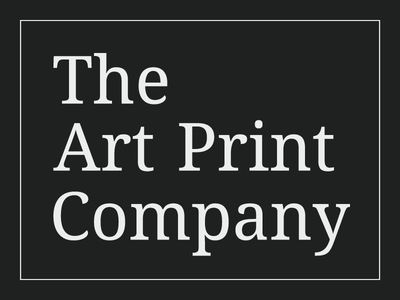Spices - Kitchen Wall Art Photo Poster Print
ROLLED PHOTO POSTER PRINTContact us if you require a custom size.
Printed using only high quality inks on gallery grade 280 GSM premium lustre photo paper with a semi matte/glossfinish to ensure a sharp vibrant image. The prints are trimmed to the edge of the image. Please add a note when ordering if you would like to add a specified white border to assist with framing.
(frame not included)Orders dispatched the next working day. Estimated UK delivery 1-2 days, international 8-10 working days or less.
Spices
The history of spices is a rich tapestry that spans millennia, weaving through the rise and fall of empires, global exploration, and the evolution of culinary traditions. Spices, derived from the bark, roots, seeds, and fruits of various plants, have been valued since ancient times for their flavour, preservative properties, and medicinal benefits. Early evidence of spice use dates back to around 3000 BCE in the Middle East, where archaeological findings suggest that ancient Egyptians used spices such as cinnamon and myrrh in embalming processes and as offerings to the gods.
As trade routes expanded, so did the demand for exotic spices. By the classical era, spices like pepper, cloves, and nutmeg had made their way to Europe via complex trade networks connecting the East and West. The Silk Road, a vast web of trade routes connecting China to the Mediterranean, played a crucial role in the distribution of these precious commodities. Spices were so highly prized that they were often used as currency and were considered luxury items, affordable only to the wealthy elite.
The quest for spices significantly influenced the Age of Exploration. European powers, driven by the lucrative spice trade, embarked on ambitious voyages to find direct sea routes to the Spice Islands (modern-day Maluku Islands in Indonesia). This era saw figures such as Vasco da Gama and Christopher Columbus setting sail, leading to the discovery of new lands and the establishment of colonial empires. The Portuguese, Dutch, and British vied for control of spice-producing regions, resulting in fierce competition and conflicts. The Dutch East India Company and the British East India Company emerged as dominant forces, monopolizing the spice trade and establishing powerful trade networks.
Throughout history, spices have not only transformed cuisines but also shaped economies and cultural exchanges. In the medieval period, spices were integral to European cuisine, with dishes heavily spiced to enhance flavours and preserve food. The influence of spices extended beyond the kitchen; they were also used in traditional medicine, religious rituals, and perfumery. The spice trade's impact is still evident today, with spices continuing to play a vital role in global cuisine and cultural practices.
In summary, the history of spices is a journey through time that highlights their enduring value and influence. From ancient civilizations to modern culinary traditions, spices have been cherished for their ability to enhance flavour, preserve food, and provide health benefits. Their trade has driven exploration, shaped economies, and facilitated cultural exchanges, making spices an integral part of human history.




